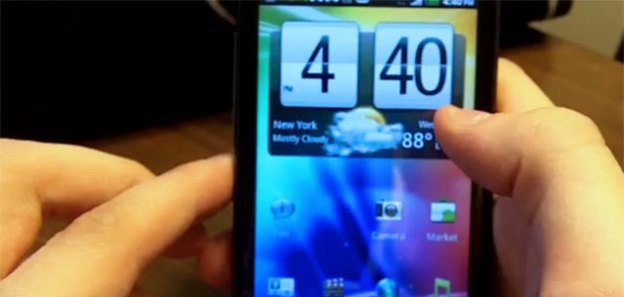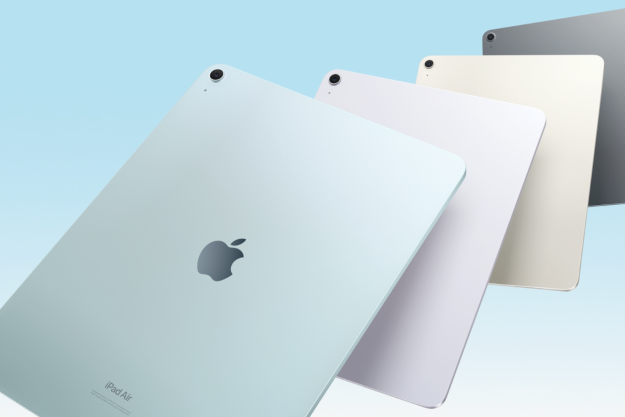
HTC inadvertently opened a wide security hole in some of its most-recently released phones, like the EVO 3D and EVO 4G. The vulnerability, discovered by the crew at Android Police, potentially exposes a broad range of private user data, including email addresses, GPS locations and phone numbers.
The security hole appears to be a residual consequence of HTC’s latest update to the phones, which recently received a new logging tool and seems to be where the problem first showed up.
The problem exists in any app that connects to the Internet, specifically ones that send out the android.permission.INTERNET request, which, according to Android Police, “is normal for any app that connects to the web or shows ads.” Ordinarily, apps that send out this request can only find out whether you are connected to the Internet. With the security hole in place, all apps that send out such a request are found to have access to:
- list of users accounts, email addresses and sync status for each address
- last recorded network and GPS location, and a short list of previous such locations
- phone numbers from the phone log
- SMS data, including phone numbers and encoded texts
- system logs (which may give access to additional personal data)
Amazingly, the list goes on and on. Android Police also found that notifications in the notification bar, IP addresses, CPU data, battery info, a list of installed apps and more are also exposed by the security hole. (For the detailed list, visit Android Police‘s post here.)
At present, the only way to patch the hole yourself, HTC user, is to root your phone and manually remove the “APK” file that logs all your actions. Unfortunately, rooting is a process that can be difficult for users who aren’t familiar with the process. But given the serious nature of the security hole, be assured that HTC will release an official patch of its own very soon. Until then, be careful what apps you download to avoid handing over your info to malicious entities.
Editors' Recommendations
- This crazy Nokia phone has a pair of true wireless earbuds inside
- LG’s minimalist concept phone is a thing of beauty
- Facebook 3D Photos no longer requires Portrait mode on dual-camera phones
- 5G your old phone: HTC’s 5G Hub is now available for pre-order from Sprint

